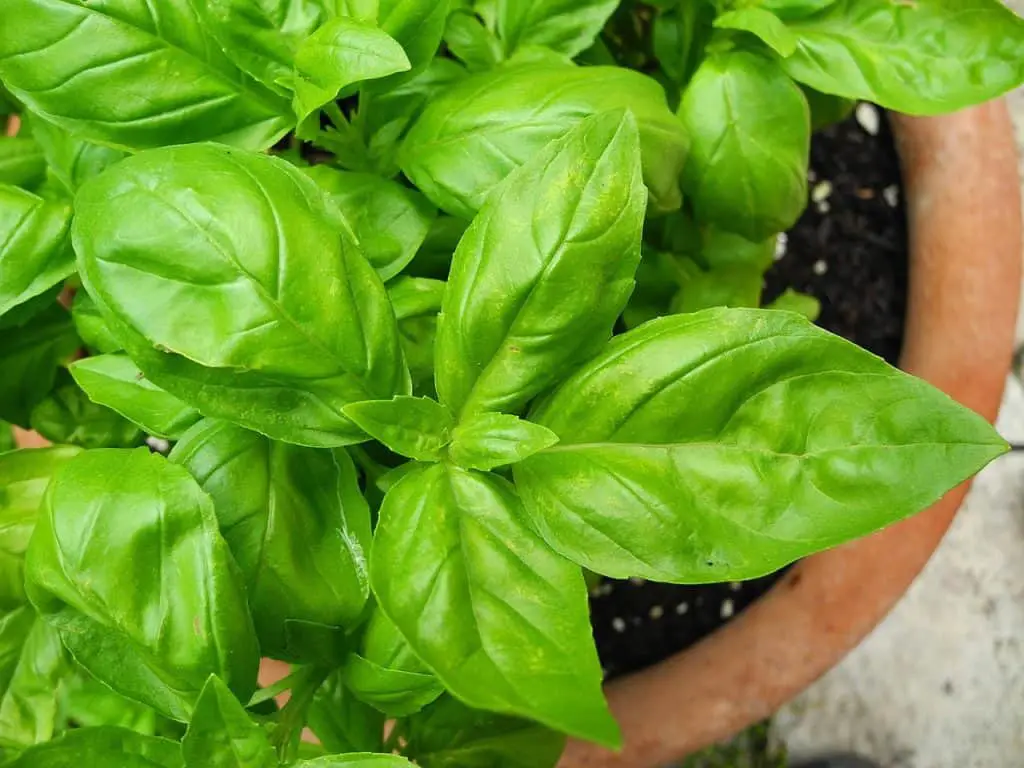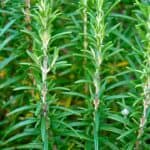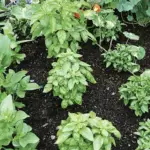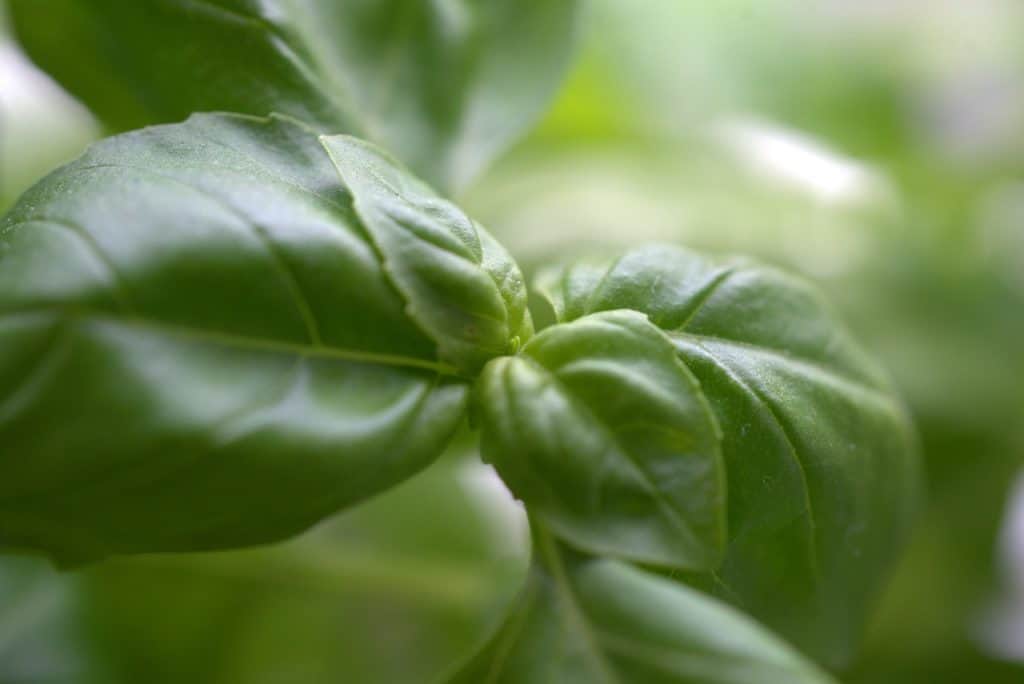
How To Fix A Leggy Basil Plant
Welcome to this post about how you can fix a leggy basil plant. It can be very annoying to have the basil grow this way. One of the biggest reasons for the happening is that it’s not getting enough sun during the day. It needs many hours to really promote growth in a bushy way. Otherwise it will grow this way unfortunately. But it can also be because of the health of the soil. In the article we will discuss some of the measures you can take to fix your plant. It’s not too late, even though it might be near the end of the season.
If you are growing a lot of thai basil at home and don’t know what to do with all of it then we have the perfect guide for you. It talks about making the most of the harvest, find it here, How To Preserve And Freeze Thai Basil.

How To Fix A Leggy Basil Plant
Just like we said in the beginning of this article, the biggest reason for your basil growing the way it does is the limited access to sun it’s getting. Basil growing indoors will need up to 10 hours of light to need to be a leggy plant. If you keep it outdoors however this number goes down to 6 – 8 hours. So if you are having issues getting the sufficient amount you should consider moving it outdoors perhaps. This way you can ensure the continued growth and a bushy plant.
But the sun might not be the sole reason all the time. It can also be because of too little nutrition in the soil. Basil is a plant that does really like a healthy soil. Consider therefore using fertilizer a few times during the year. We usually recommend fertilizing the soil about 4 times a year. This amount wont overdo it and you will not accidentally stress the plant too much. The best fertilizer will always be manure be sometimes it can be hard getting a hold of it, or the fact it does not exactly smell like roses makes it appealing to use. If that is the case you can still use organic fertilizer that you should be able to get at most gardening stores.
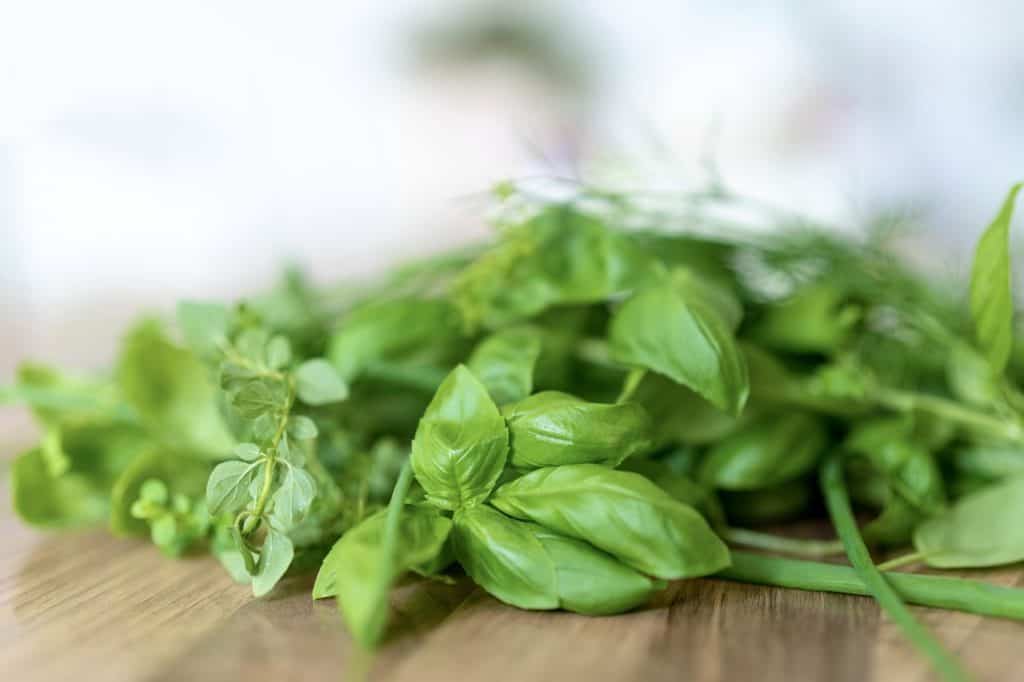
How Do I Make My Basil Plant Bushier
Pruning and cutting the plant the right way will also greatly affect the way the plant is growing. You always strive to cut the plant where new growth is starting to come out. Usually they will come in pairs so cutting one stem off will make room for two new ones to come forth. This can quickly multiply and make for a very bushy basil plant. But you should never cut off too much as it can also stress the plant and cause it to only grow thin offshoots. We recommend never cutting more than 30 % of the plant at once, even with that we usually tend to stay around 10 – 15 % only.
I want to reiterate again on what we have been talking about here. The biggest reason your basil is growing leggy is because it’s not getting the necessary amount of sun every day. Make sure it gets at least 7 hours if you keep it outside and indoors it will need 10 hours. Covering this step is vital to ensure it will continue growing strong and sturdy stems.
Are you maybe having issues with your basil plant going the other way and developing very woody stems? Then we have the perfect article for you, it will answer all your questions. Find it here, Basil With A Woody Stem.
